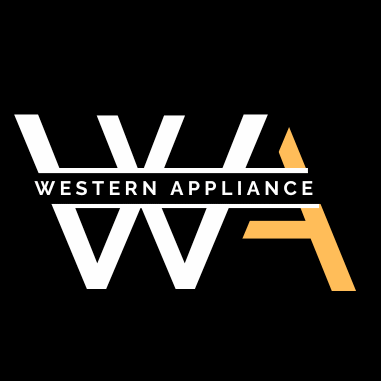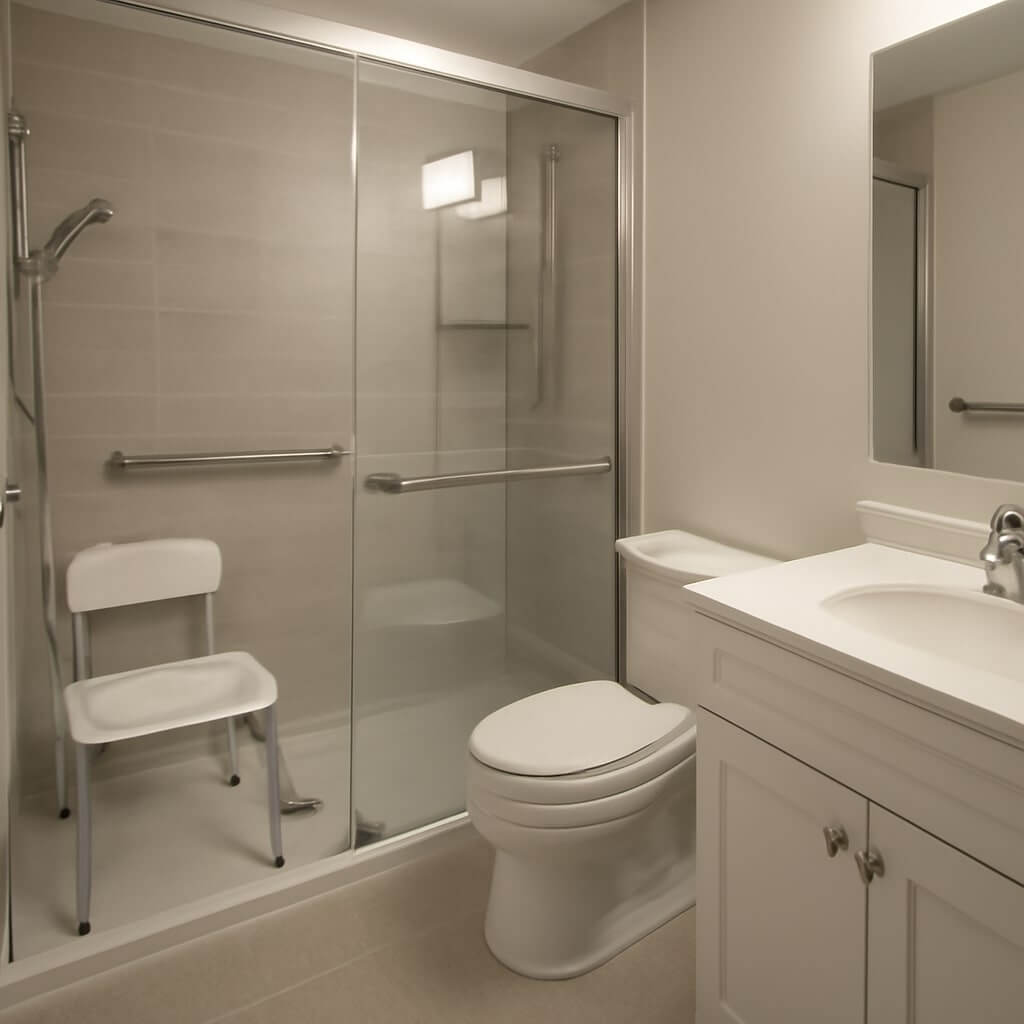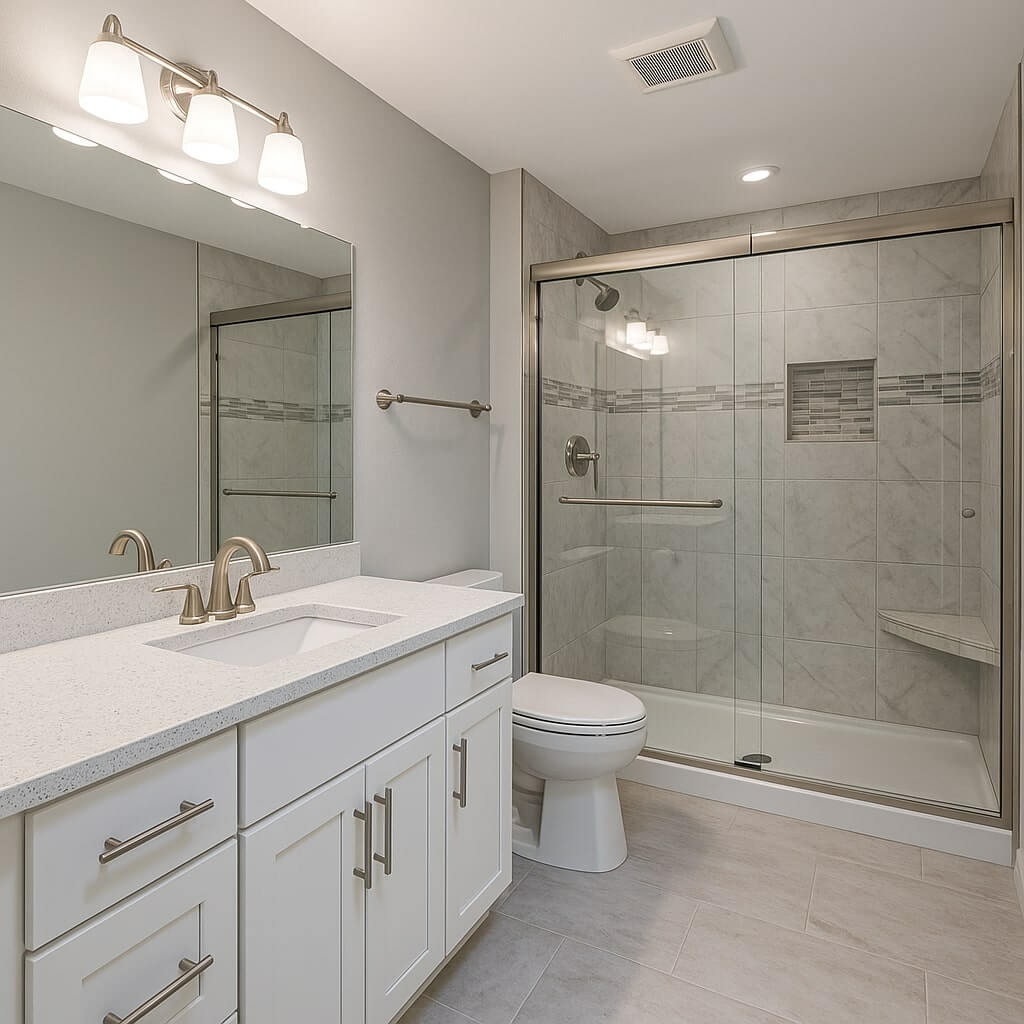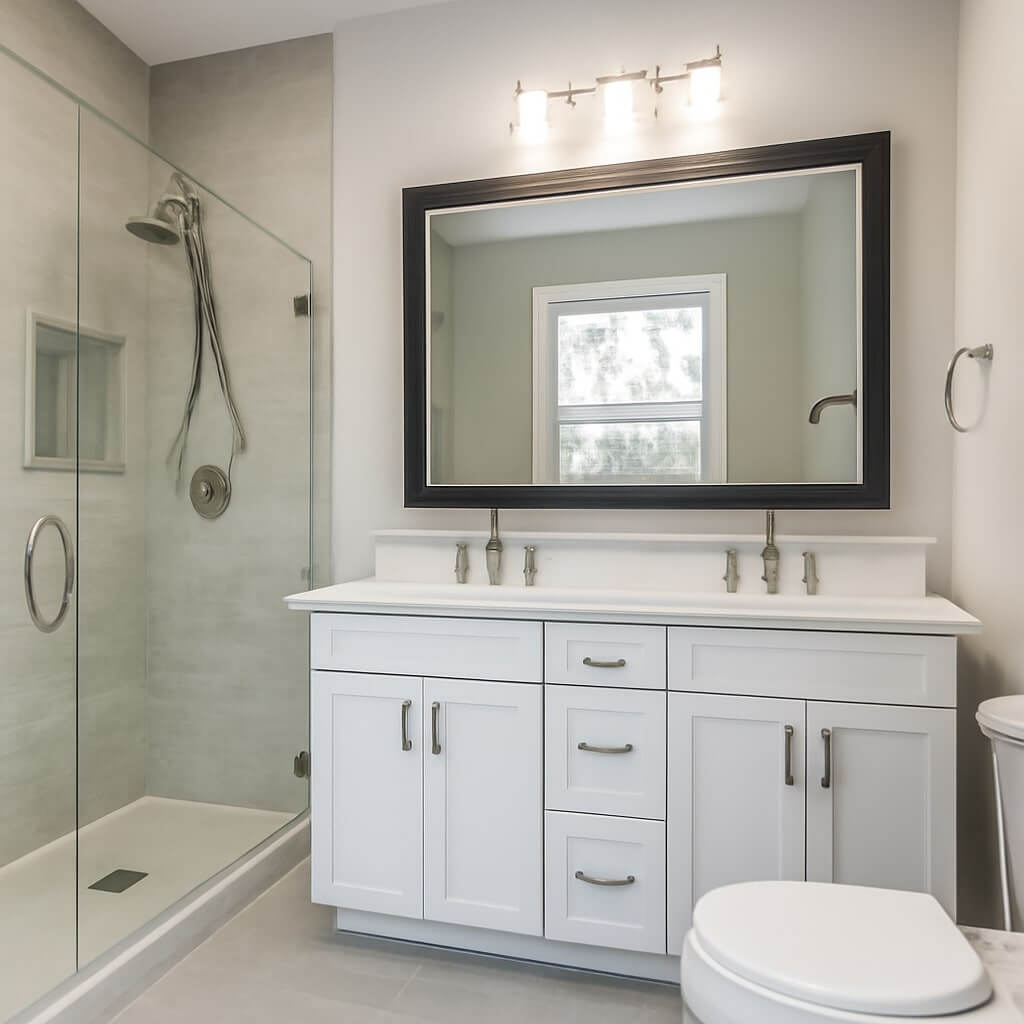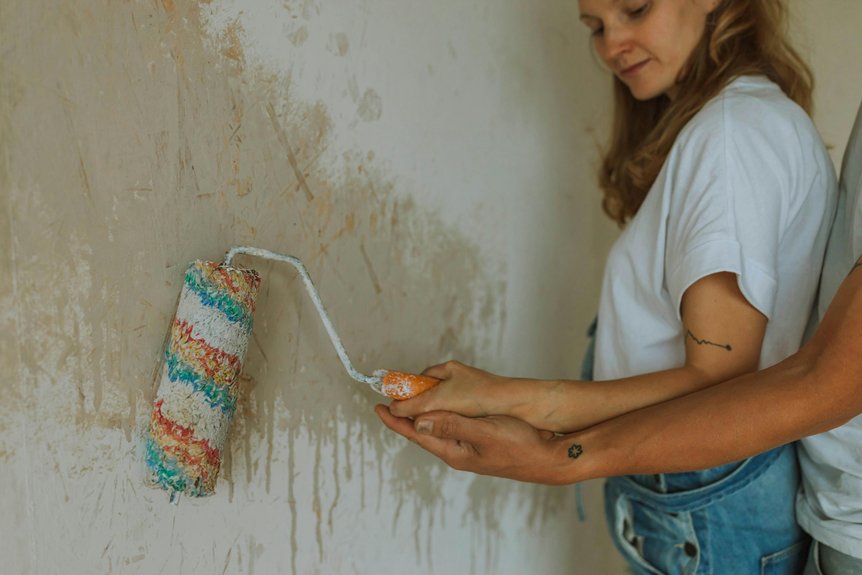When considering bathroom remodeling for seniors, it’s essential to understand what Medicare actually covers. While Medicare primarily focuses on healthcare services, certain modifications may qualify if deemed medically necessary. You might be surprised to learn which specific adaptations can lead to potential coverage. However, steering through the details can be complex, especially regarding documentation and claims. Let’s explore the nuances of bathroom modifications and how they could impact your options.
Key Takeaways
- Medicare does not typically cover home modifications like bathroom remodeling unless deemed medically necessary for safety and mobility issues.
- Documentation from a healthcare provider must justify the need for specific modifications, such as grab bars or walk-in tubs.
- Types of covered modifications can include grab bars, shower benches, non-slip flooring, and accessible sinks, depending on medical necessity.
- Alternative funding sources, like state grants or insurance assistance, may be available to help cover costs for bathroom modifications.
- It’s essential to gather all necessary paperwork and familiarize yourself with Medicare guidelines when submitting claims for home modifications.
Understanding Medicare Coverage Basics
Although Medicare primarily covers medical services, understanding its coverage basics is vital for seniors considering bathroom remodeling for safety and accessibility.
You need to be aware of Medicare eligibility requirements and how they impact your options. Generally, Medicare doesn’t cover home modifications, including bathroom renovations, unless they’re deemed medically necessary.
It’s important to check the coverage limits, as they may leave you responsible for substantial out-of-pocket costs. Familiarizing yourself with these aspects can help you make informed decisions about enhancing your home environment.
Always consult your Medicare plan details for specific coverage information tailored to your situation.
Home Modifications and Medical Necessity
When considering home modifications, it is crucial to establish whether these changes meet the criteria for medical necessity as defined by Medicare. Modifications must enhance your home safety and address specific medical conditions. To qualify, you’ll need documentation from a healthcare provider detailing how these adjustments prevent further health complications.
| Criteria | Description |
|---|---|
| Medical Condition | Specific health issues impacting mobility |
| Recommended Changes | Types of modifications needed for safety |
| Provider Documentation | Required medical justification |
| Medicare Approval | Final determination of coverage |
Understanding these factors can help you make informed decisions about necessary home modifications.
Types of Bathroom Modifications for Seniors
Bathroom modifications for seniors can greatly enhance safety and independence, especially as mobility challenges arise.
Installing grab bars provides essential support when maneuvering slippery surfaces. Shower benches allow for safer bathing, while non-slip flooring reduces the risk of falls.
Walk-in tubs offer easy access and a safer bathing experience. Raised toilets improve toilet safety and comfort, making it easier to sit and stand.
Accessible sinks guarantee you can maintain personal hygiene without strain, and handheld showerheads provide flexibility in showering.
Together, these modifications create an environment that promotes autonomy and minimizes injury risk, essential for maintaining a high quality of life.
Alternative Funding Sources for Bathroom Remodeling
Finding the right funding for bathroom remodeling can be vital, especially for seniors seeking to enhance their safety and comfort at home.
You might explore grants options available through local and state programs aimed at improving accessibility. These grants often cover modifications like grab bars and walk-in tubs.
Additionally, consider insurance assistance; some policies offer coverage for home modifications deemed medically necessary. It’s important to review your policy details and consult with your insurer to understand what’s available.
Tips for Navigating Medicare Claims and Documentation
Although steering through Medicare claims and documentation might seem intimidating, understanding the process is essential for seniors seeking coverage for bathroom remodeling.
Start by gathering all necessary paperwork, including medical records and invoices. Familiarize yourself with Medicare’s guidelines regarding home modifications, as not all renovations qualify.
When submitting claims, make certain that your documentation clearly outlines the medical necessity of the modifications. Use straightforward language and include relevant codes.
Keep copies of everything for your records. Finally, don’t hesitate to follow up with Medicare for updates on your claims; staying proactive can greatly streamline the process and improve your chances of approval.
Conclusion
In conclusion, while Medicare generally doesn’t cover bathroom remodeling, it can fund specific modifications deemed medically necessary, such as grab bars or walk-in tubs. To maximize your benefits, make certain you gather proper documentation from your healthcare provider and thoroughly review your Medicare plan. Additionally, exploring alternative funding sources can help alleviate out-of-pocket costs. By being proactive and informed, you can enhance your bathroom’s safety and accessibility, improving your overall quality of life.
